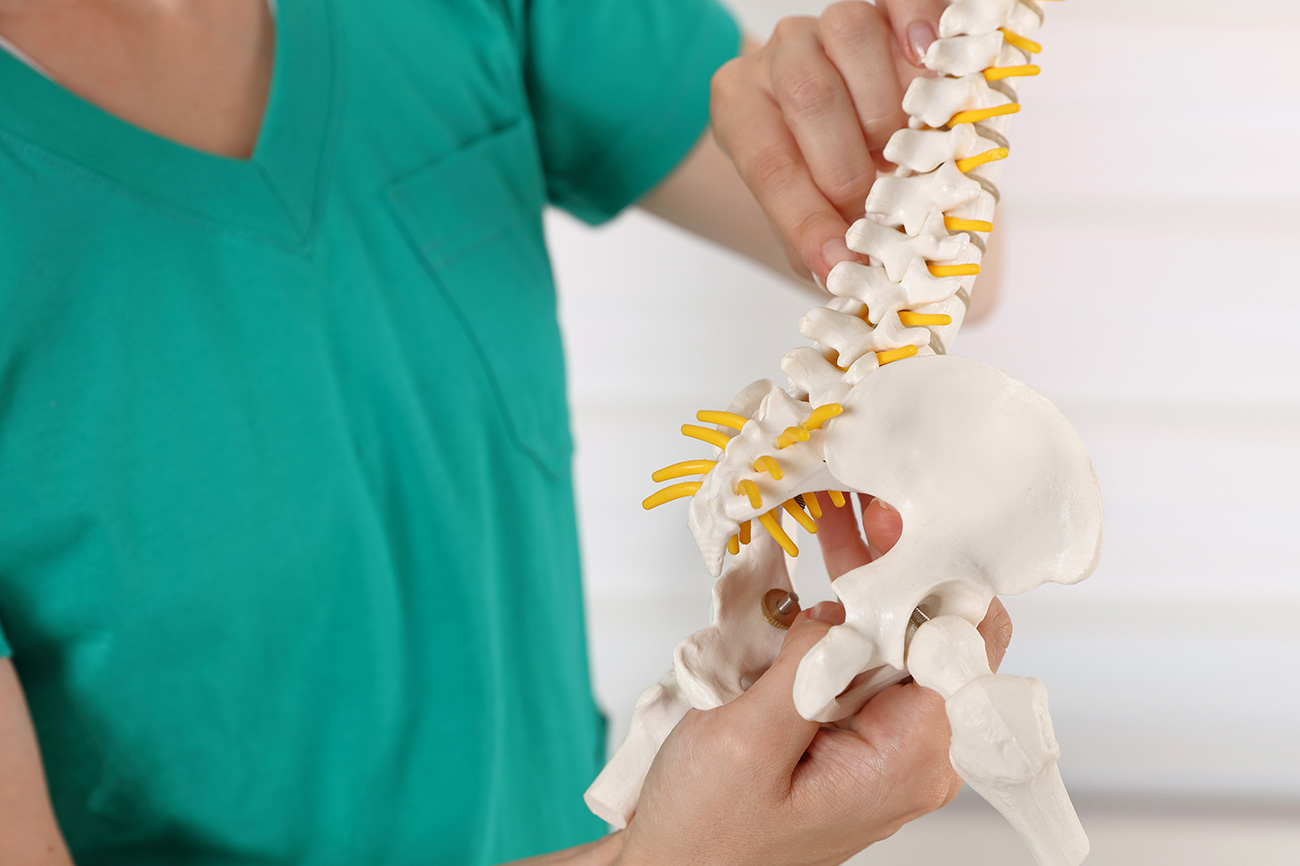Plantar Fasciitis
The cause of plantar fasciitis is stretching or tearing the broad connective tissue on the bottom of the foot (plantar fascia) which goes from the base of the toes and attaches to the heel.
The symptoms are pain in a specific area on the bottom of the foot towards the heel, possibly radiating towards the ball of the foot.
The foot feels tender early in the morning and becomes less painful with movement. It is often associated with pronation and a fallen arch.
Prevention: regular stretching of the calf and Achilles tendon. It is also important that the feet are assessed for any biomechanical problems. Orthotics or insoles may also be prescribed.
Bursitis And Tendonitis
The most common problem areas include the knee and ankle.
Bursitis is an irritation, inflammation of the bursa, a fluid filled sac which sits between the tendons and bony protrubances, to protect tendons from friction.
Causes include, trauma, pressure or mechanical dysfunction.
Symptoms include pain and stiffness on movement with no visible swelling at first, but swelling can occur later as the condition worsens.
Achilles Tendonitis
The Achilles tendon is the connection between the heel and the most the calf musculature and is a very common site for a disabling injury for runners.
To prevent a chronic problem, do not run through pain. If your Achilles tendon is sore, get it treated immediately.
It is also important that the feet are assessed for any biomechanical problems. Orthotics or insoles may be prescribed and the use of soft heel-lifts are effective as part of chiropractic treatment.
Shin Splints
The cause can be faulty posture, poor shoes, fallen arches, insufficient warm-up, muscle fatigue, exercising on unyielding surfaces or poor running mechanics.
The symptoms would be pain or discomfort on the front, the inside and/or the outside surface of the shin bone or directly on the shin bone.
It can be prevented by wearing good shoes with shock absorbing features, heel toe landing for the minimum impact and calf stretches. Sports taping will also help.
Stress Fracture
These small fractures occur due to excessive stress (overuse of the bone) or an increase in intensity or distance running, resulting in gradual breakdown of the bone.
The symptoms include pain, which occurs especially in the foot and lower leg, which becoms more intense with weight bearing activity.
X-rays appear negative initially but fractures become visible up to two weeks after the initial injury.
Ankle Sprain
Running on level ground rarely results in an ankle sprain but cross country running, trail running and stepping in a pot hole all could potentially lead to an ankle sprain.
Treatment: Treat immediately. Rest, Ice, Compression, Elevation.
Note: Ice should be applied for about 15-30 minutes at a time, with at least 15 minute intervals between application.
Runners Knee
This essentially means softening of the cartilage covering the knee cap.
Portions of the cartilage may then be under either too much or too little pressure.
This may result in cartilage deterioration at the inner surface of the knee cap.
Pain is usually felt during running and also felt after sitting for a long period of time with the knee bent.
Iliotibial Band Syndrome
This is pain or aching in the outer side of the knee and usually happens in the middle, or at the end of a run.
It is often seen in runners who train only on a track or on uneven ground. Read more about Chiropractic treatment for Iliotibial Band Syndrome.
How To Avoid Injuries
The majority of running injuries occur from overtraining. Therefore, the general advice is to avoid doing too much too soon.
This is always a challenge in long distance running because to get better, you have to put in the miles.
The key to reduce the risk of injury is to get enough rest and not load the same structures all the time.
Cardiovascular training can be done in many different ways.
An unrelenting increase in mileage from one week to the next, will ultimately result in a breakdown.
- Progress in mileage and speed should be gradual
- Mileage should only be increased by approximately 10% per week. Every third week drop back a small amount
- Intersperse hard days and easy days each week
- Devote one or two days each week to rest or non-running activities to allow the body to recover
- Regular stretching may help reduce injuries
- Have a chiropractor assess your running technique and running posture
- Pain is a warning; stop running and consult a chiropractor immediately.
Preventing sports injuries.
Treatment
At the initial consultation at the clinic, the chiropractor takes a full medical history, investigates lifestyle, posture etc, carries out a thorough examination and takes x-rays when necessary. Once the diagnosis is made, a treatment plan is prepared.
Chiropractors use gentle, specific manipulation and adjustment techniques to free stiff joints, restore normal movement and remove spinal irritation.
Chiropractors may also use modalities such as Low Level Laser, Ultrasound and Interferential treatment.
Once painful symptoms settle, the chiropractor will encourage you to follow a programme of rehabilitation exercises to help strengthen the injured area, improve flexibility and prevent recurrence of the problem.
Chiropractic treatment aims to restore normal function to your joints and muscles as well as your nervous system, which will increase control, co-ordination and muscle strength.
For more information on how chiropractic could help you and your family, call us or contact the Isis Chiropractic Centres here.


